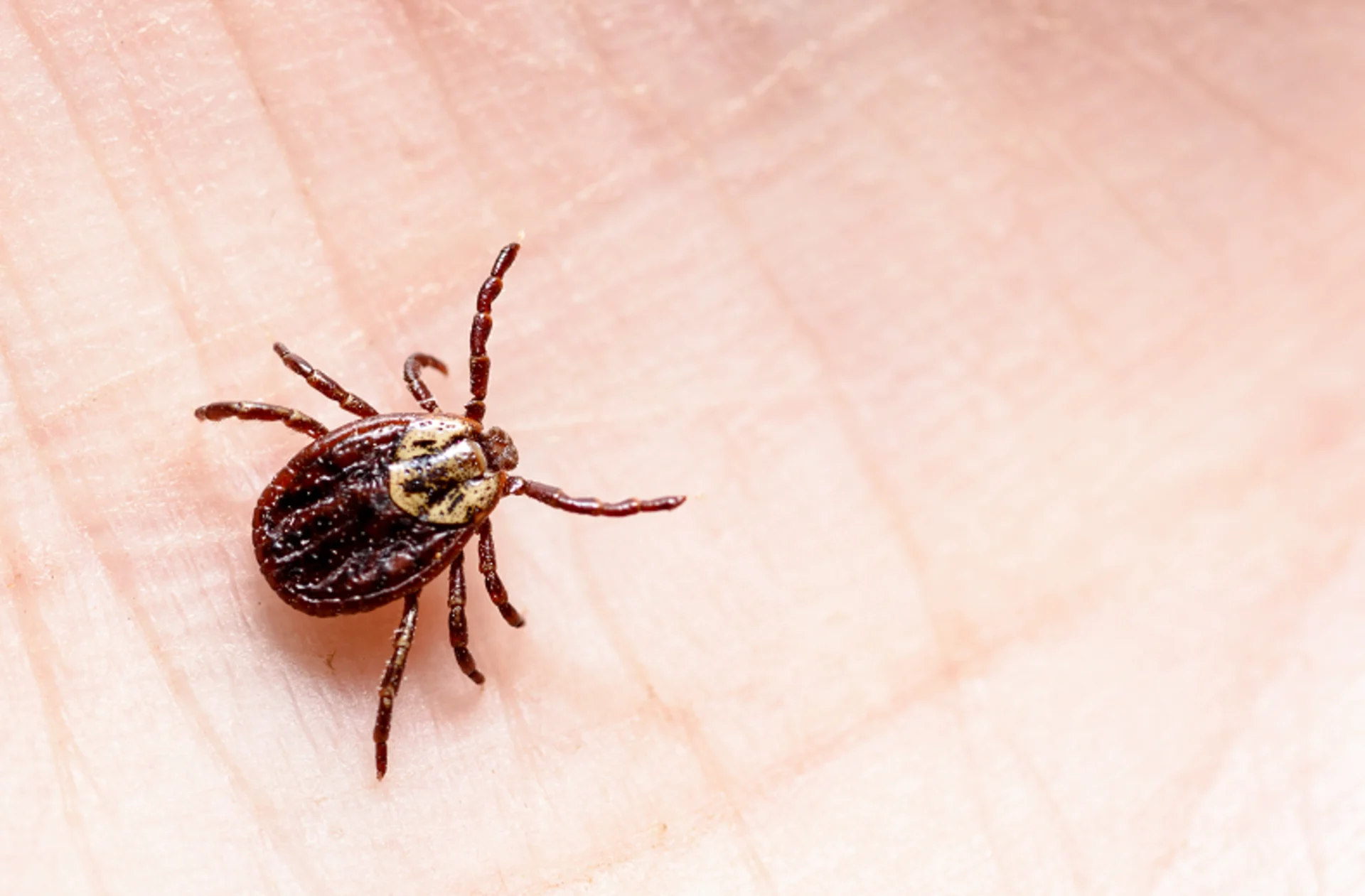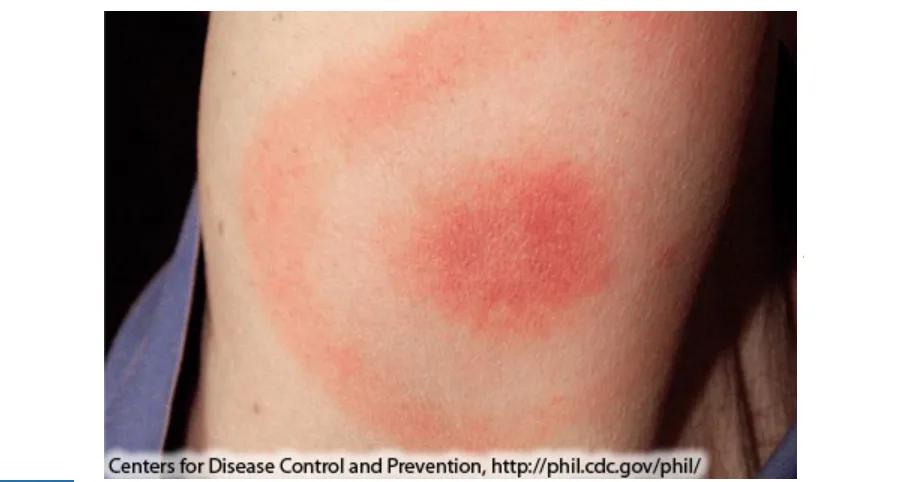
Friendly reminder: Ticks can still be active in winter
Always make sure to check yourself and your pets for ticks after spending time in nature, no matter what time of year.
Cold weather is settling in around Canada, which means it's time for your annual reminder: ticks can survive through the winter, sometimes even in the snow.
And while the risk of a tick encounter is lower in the winter, Katie Clow, an assistant professor at Ontario Veterinary College, tells The Weather Network it "certainly isn't zero."
"When temperatures go above zero, ticks can be active," Clow adds.
"So if we're out and about enjoying nature, we should also be thinking about checking ourselves for ticks and using tick prevention methods during the winter months."
RELATED: After son's bout with Lyme disease, mom invents new tick repellent
TICKS AND LYME DISEASE
Not all ticks cause Lyme disease. While there are several types of ticks found in Canada, only the black-legged ones can transmit the bacteria Borrelia burgdorferi that causes the condition, and only if the tick is infected with the bacteria.
"Lab studies show that black-legged ticks are active anytime above four degrees Celsius, and sometimes it's hard to estimate [the temperature]," Clow says.
"I just say, if it's above zero, we should be thinking about black-legged ticks ... when we get some of those warm, warm periods, if the snow cover isn't too heavy, [ticks] will still come out to feed."
Black-legged ticks prefer wooded and brushy areas and places where humidity is higher. They're most active in humid conditions when temperatures are lower.
Early detection is one of the best ways to treat Lyme disease.
Experts say the condition is on the rise in Canada and the U.S. due to a combination of ticks expanding northward and warmer weather, the latter of which is helping the arachnids survive in climates that were previously too cold.
It can take three days to one month for symptoms of Lyme disease to occur. The condition is treatable with antibiotics.
WATCH | Wildfires could be pushing ticks out of the woods and into the city:
DON'T MISS: Debunking 4 common myths about ticks
SYMPTOMS
Lyme disease is an inflammatory disease identified by a rash, headache, fever, and chills. It can develop into possible arthritis and neurological and cardiac disorders, as well as chronic fatigue.
Due to the minuscule size, bites are mainly painless and can go unnoticed until symptoms set in. Tick bites often resemble a 'bull's eye' - a red bite mark surrounded by rings of red, swollen skin.

Example of a Lyme disease 'bull's eye' rash. (CDC)
SPOT A TICK?
Remove the tick immediately using fine-tipped tweezers. If you find a tick on your pet, contact your vet.
Do not squeeze the body during the removal process, as this can accidentally let Lyme disease bacteria into the body.
Do not put anything on the tick or try to burn it, as this may prompt the tick to release bacteria into the bite area.
Clean the bite area with soap and water.
Seek medical attention immediately. If possible, bring the tick with you.
WATCH | The ultimate guide to pets and ticks, how to prevent and remove:
Header image courtesy of Getty Images/stock photo.










